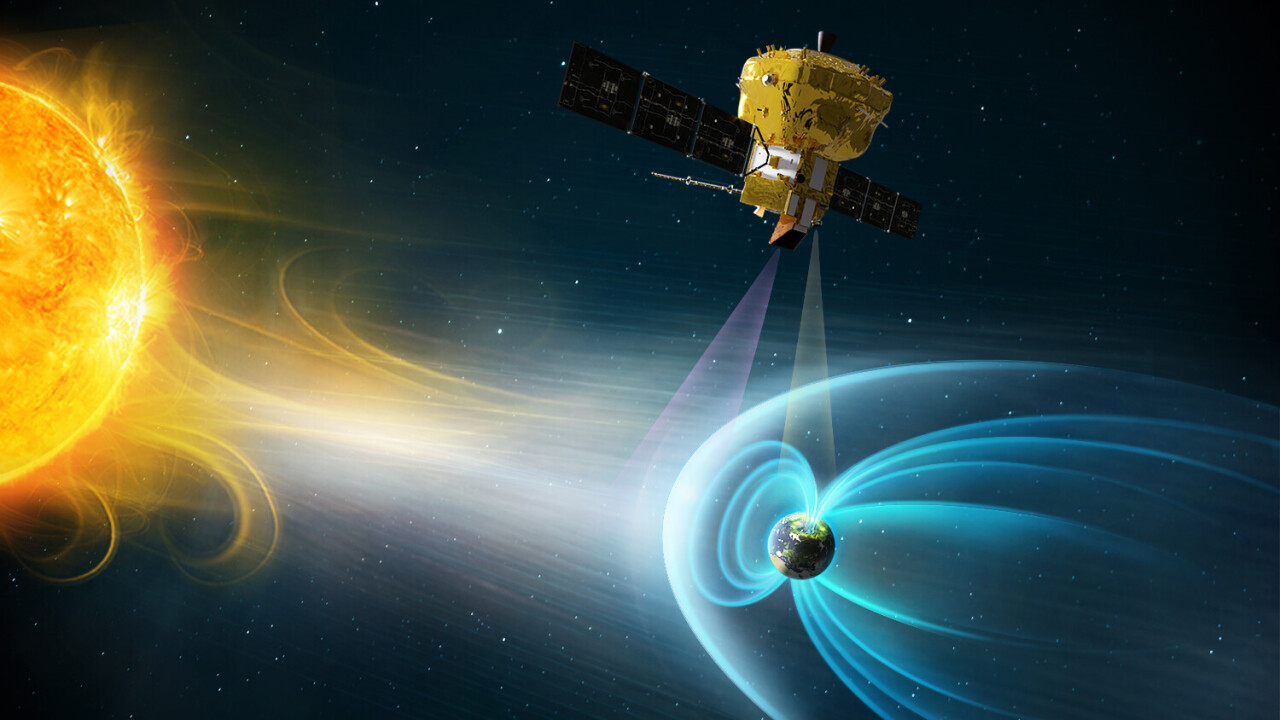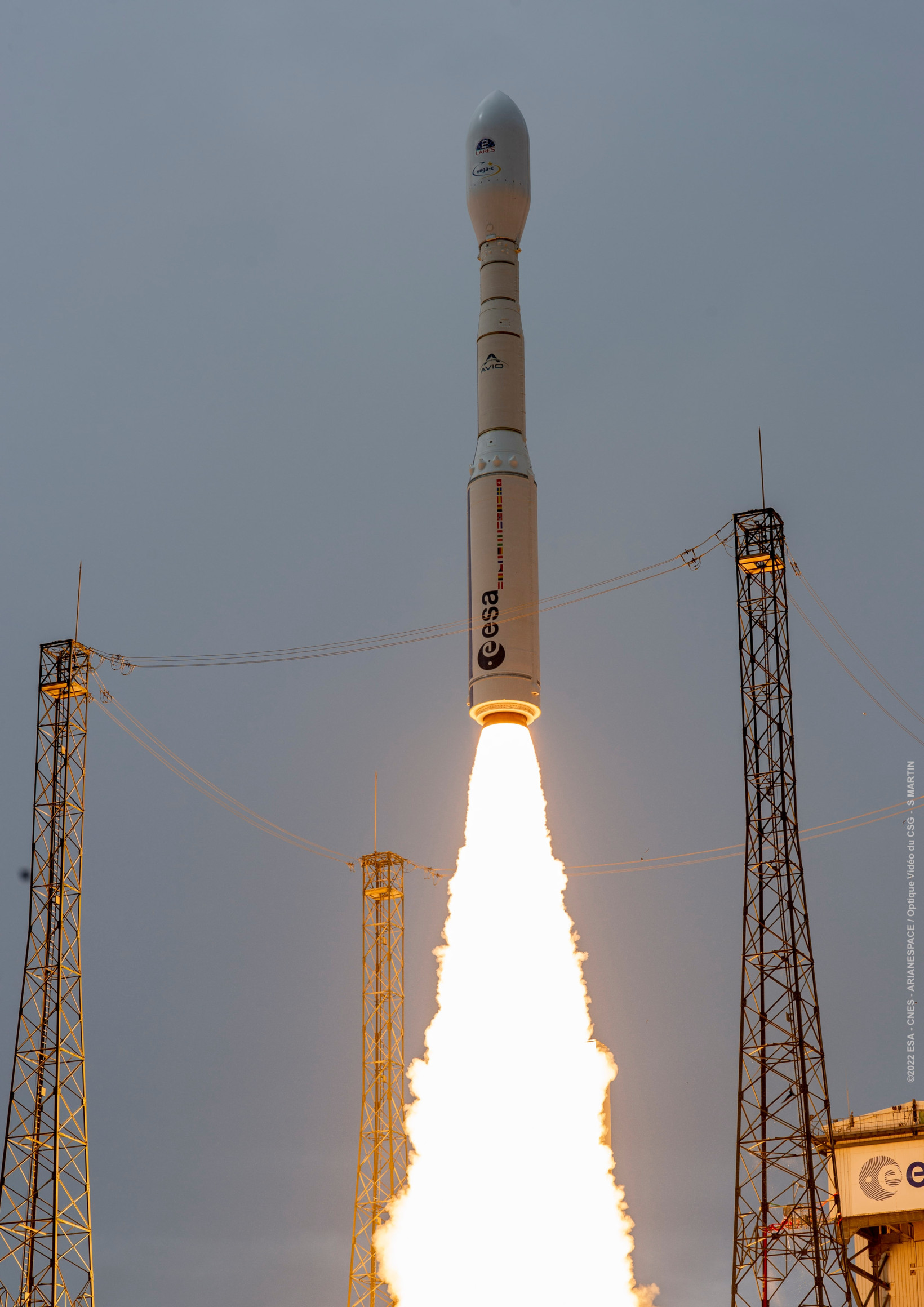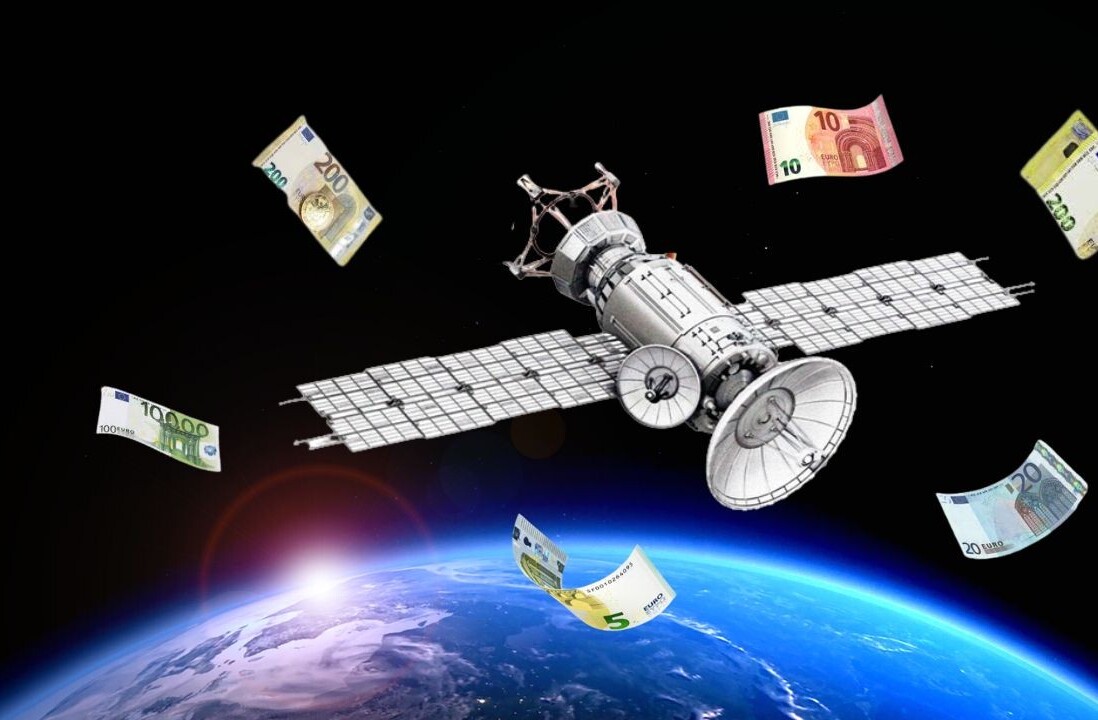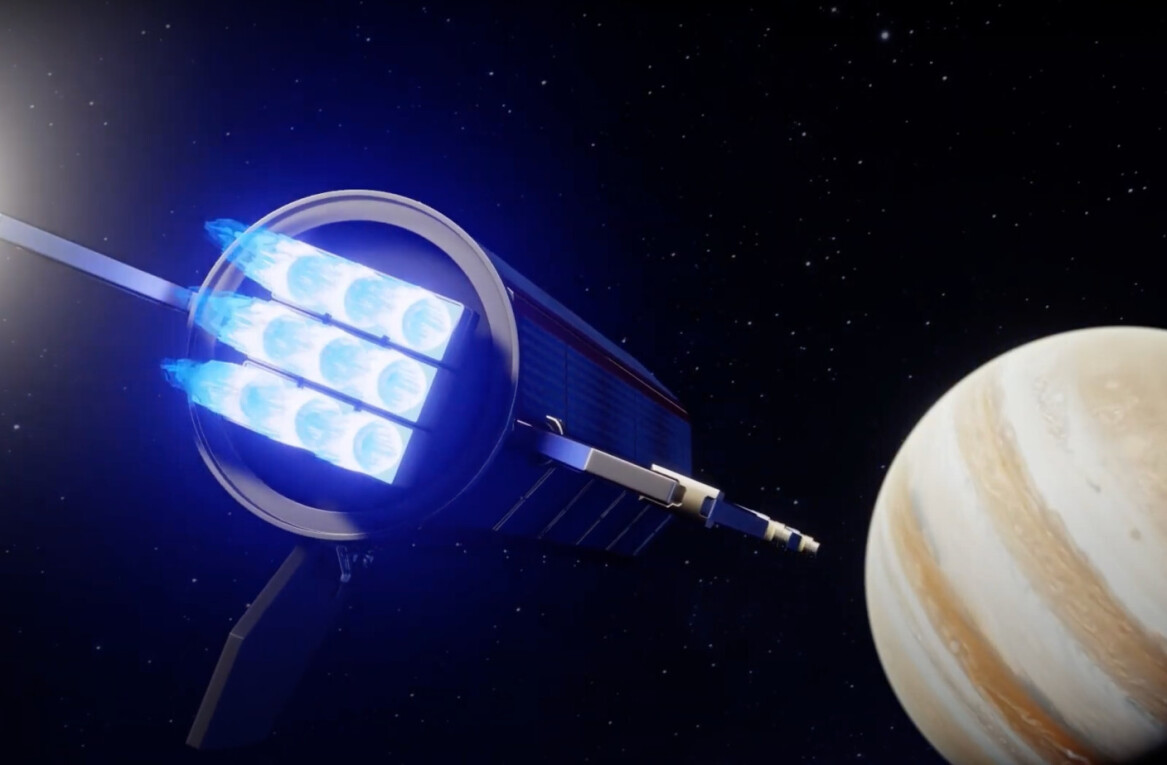
The European Space Agency (ESA) has secured a ride for its solar wind satellite.
The Solar wind Magnetosphere Ionosphere Link Explorer — or Smile for short — will blast into space aboard a Vega-C rocket. The launch is scheduled for late 2025 from Europe’s spaceport in French Guiana.
“We are delighted to be launching Smile on such a versatile launch vehicle,” said David Agnolon, project manager of Smile. “Vega-C has been selected as it perfectly matches the needs of the mission, such as required mass capability and injection orbit.”

Vega-C will position Smile in a low-Earth orbit, after which the spacecraft will propel itself into an oval-shaped orbit 121,000 kilometres above our home planet. From this vantage point, scientists will be able to observe the northern polar regions for more than 40 hours at a time.
Smile will take the world’s first X-ray images and videos of solar wind slamming into Earth’s magnetic field. Using an ultraviolet camera, Smile will also give us the longest-ever continuous look at the northern lights.
Joint space mission
The Earth’s magnetic field acts as a giant shield against harmful solar rays. Without it, humanity would be exposed to potentially life-threatening radiation and cosmic rays. Power grids and satellites would malfunction.
Smile was developed by ESA and the Chinese Academy of Sciences (CAS) to deepen our understanding of these phenomena.
The partners designed and built the probe, and will operate it together. It marks Europe and China’s first entirely joint space mission.
“Several technical and programmatic difficulties have been jointly overcome by ESA and CAS teams through efficient and respectful collaboration,” says Frédéric Safa, head of ESA’s Future Missions Department.
The European and Chinese sections of the spacecraft are expected to arrive at ESA’s technical centre at Noordwijk, the Netherlands, later this year. Here, the two sections will be joined together. After which the spacecraft will be tested for the first time.
Developed by ESA and the Italian Space Agency, Vega-C is Europe’s next-gen rocket for delivering small payloads to space. First launched in July 2022, it has been grounded since March 2023, following a launch failure. It is expected to take off again later this year — if all goes to plan.
Get the TNW newsletter
Get the most important tech news in your inbox each week.




